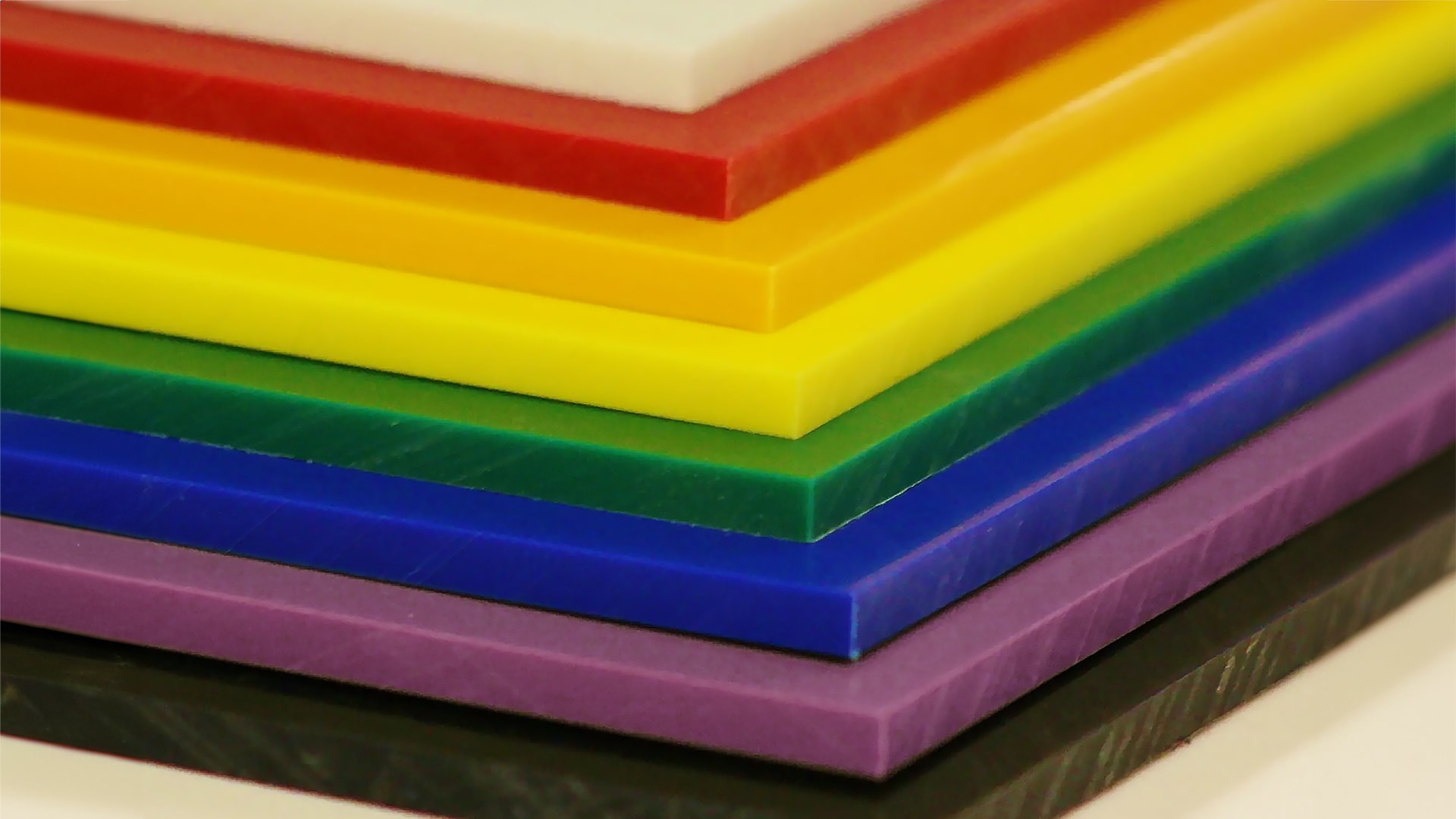HDPE Plastics - CNC Milling Guide

Introduction
High-density polyethylene (HDPE) is a thermoplastic polymer produced from the monomer ethylene. With a high strength-to-density ratio, high impact resistance, and high melting point, HDPE is used in the production of plastic bottles, corrosion-resistant piping, geomembranes and plastic lumber.
HDPE is commonly recycled, and has the number "2" as its resin identification code.
Milling HDPE on Evo CNC
HDPE can be milled on EVO with some precautions on cutting parameters.
As for all types of plastics, the main challenge is chip evacuation (to avoid melting plastic and clogging the tool), so feeding relatively quickly with a quite low spindle speed is a solution, but beware of the rigidity limits of the machine. Also a low number of flutes on your tool will help to achieve a good chip evacuation.
We recommend that you test your parameters before launching your program, to find the right feed/speed for your combination of tool/material. Start with safe parameters and low depth of cut, and increase progressively to find the sweet spot for your setup.
Parameters used in the video :
- Machine : Mekanika EVO S / High-Z / AMB 1050W
- End mill : Ø 6mm / 2 Flutes Carbide / Upcut spiral
- Feed rate : 3 000 mm/min
- Spindle speed : 13 000 rpm
- Depth of cut : 3 mm
Milling HDPE on Pro or Fab CNC
HDPE can be milled on PRO/FAB with some precautions on cutting parameters.
As for all types of plastics, the main challenge is chip evacuation (to avoid melting plastic and clogging the tool), so feeding relatively quickly with a quite low spindle speed is a solution (and you can run a lot faster compared to EVO as rigidity is not a problem for PRO/FAB). Also a low number of flutes on your tool will help to achieve a good chip evacuation and keep the feed rate acceptable.
We recommend that you test your parameters before launching your program, to find the right feed/speed for your combination of tool/material. Start with safe parameters and low depth of cut, and increase progressively to find the sweet spot for your setup.
Recommended parameters :
- Machine : Mekanika PRO S / Standard-Z / VFD 2200W
- End mill : Ø 6mm / 2 Flutes Carbide / Upcut spiral
- Feed rate : 4 000 mm/min
- Spindle speed : 15 000 rpm
- Depth of cut : 5 mm
Tips & Tricks
- Different HDPE grades and formulations may behave differently. Find the specific characteristics of the one you are working with & test your parameters.
- Avoid tools with more than 2 flutes for better chip evacuation.
- Prefer upcut bits with a wide angle spiral (or bits specific for plastics).
- Use ramps or helix instead of plunge to increase your tool's lifetime and avoid melting plastic.
- Chips produced should be quite thick, and not present melting/burning marks.
- The tool must never have material stuck in it, but even with good parameters, plastics tend to stick to the tool. Using air to blow it off the tool is a good way to avoid this.
- If the surface finish is not good, it can be related to various things:
- check that your stock is fixed strongly enough and not vibrating
- check your tool's edges to see if it is damaged
- use the shortest tool possible for the job to avoid tool deflection
- Test different feeds/speeds (most likely : reduce feed rate or increase spindle speed, within the machine's capabilities and while maintaining an acceptable chip load).
Feed & Speed Calculator
You can find here a link to a beginner's feed and speed calculator for the most classic materials, and safe values adapted to each of our machines.
MEKANIKA CNC FEED & SPEED CALCULATOR
IMPORTANT NOTE: this is made to help you find parameters for your milling, but you should always think for yourself and enter cutting parameters that are matching your own setup.
Calculating the theoretical values in this table is easy, but many parameters in your setup may make them unfit for your case. Always start with low engagement and speed, and test deeper/quicker parameters progressively.
About Mekanika
Mekanika is a Belgian company based in Brussels whose ambition is to make local production more accessible thanks to a 100% open-source approach.
We design and produce high quality machines for CNC milling and screen printing, which have been recognized for their reliability and ease of use. Our tools are delivered as kits and fully documented, allowing to easily adapt them to specific needs.
Visit our shop to find out more, or check out our online resources and tutorials to continue learning.